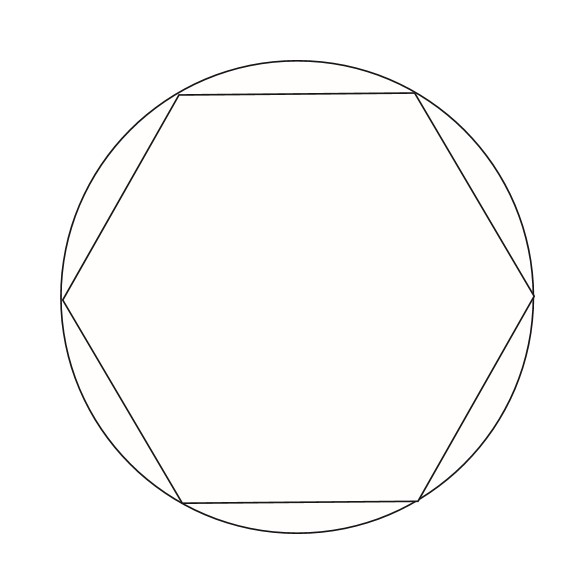I have no idea who can win, but I do want to clear up one point that some other people seem to be overlooking. Namely, the lions can always surround some plurality of zebras so any strategy to keep the zebras on the outside is doomed by construction.
Let $n \ge 100$ be the number of zebras and the number of lions.
Let $\text{net}$ be the convex hull of the lions.
Let $C_\text{net}$ be the largest origin-centred circle that is contained within this convex hull. This may not exist, in which case we consider it to be of radius 0.
Let $C_\text{zebra}$ be the minimal origin-centred bounding circle for some subset $Z$ of the zebras.

Claim:
The lions can force $\text{radius}(C_\text{net}) > k \cdot \text{radius}(C_\text{zebra})$ for some $k > 10$ and a nonzero subset $Z$ regardless of the zebras' strategy and initial placement.
As $n$ is increased, you can have an arbitrary number of zebras inside $C_\text{zebra}$ with an arbitrary number of lions on the perimeter of $\text{net}$ and $k$ can be arbitrarily increased.
Proof:
Without loss of generality, assume the lions go first.
Consider a circle centred on the origin containing all of the initial positions of the zebras and lions. Let its radius be $\delta$ and let $\omega \gg \delta$ and $\omega \gg 100$.
Have some small subset of lions of cardinality at least $l \ge 3$ move to equidistributed points at radius $\omega$.
We select some small number $z$ of zebras and examine the maximum radius of $C_\text{zebra}$ which doesn't contain $z$ zebras. This is obviously the maximum radius of the $z$th-smallest distance from the origin to each zebra.
Evidently, this is maximized by having $z - 1$ zebras not move and having $n - z + 1$ zebras move an equal distance from an initial offset of $\delta$. There are rounding errors since the distance might not be a multiple of 100, but since $\omega \gg 100$ this is unimportant.
Thus we have that the radius is at best $\frac{l \cdot (\omega + 2\delta + 100)}{n - z + 1} + \delta + 100$ where $l \cdot (\omega + 2\delta + 100)$ is approximately the distance moved by the zebras in the time it took the lions to get into place. This approximates to $\frac{l \cdot \omega}{n - z + 1} + \delta$.
The radius of $C_\text{net}$ relative to $\omega$ is worst in the case of a triangle, in which case it is $\omega / 2$.
This means that $k$ is at worst
$$
\frac{\text{radius}(C_\text{net})}{\text{radius}(C_\text{zebra})} \approx
\frac{\omega / 2}{\frac{l \cdot \omega}{n - z + 1} + \delta}
$$
For $n = 100$, $z = 3$, $l = 3$, we have
$$
\frac{\omega}{\frac{3}{49} \omega + 2 \delta} \approx \frac{\omega}{\frac{3}{49} \omega} \approx 15
$$
Obviously as $n$ increases, the fraction $\frac{l \cdot \omega}{n - z + 1}$ will decrease. By increasing $\omega$ in terms of $\delta$ you can thus make this arbitrarily large even for arbitrary $l$ and $z$. A rigorous proof is up to the reader.
So "trapping" a zebra is easy... what matters is if you can do anything with that knowledge.






